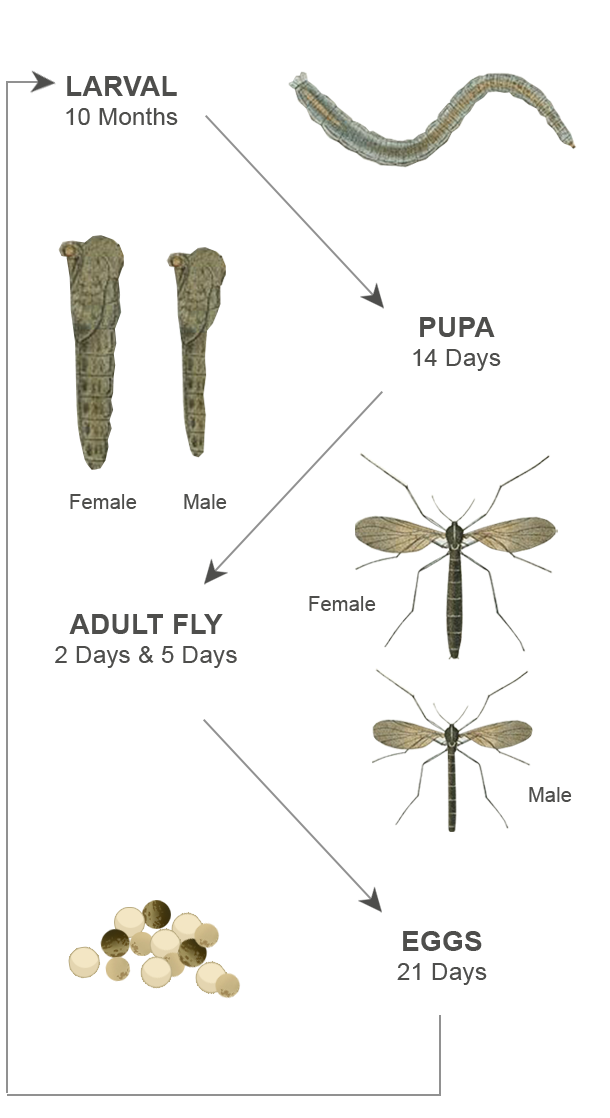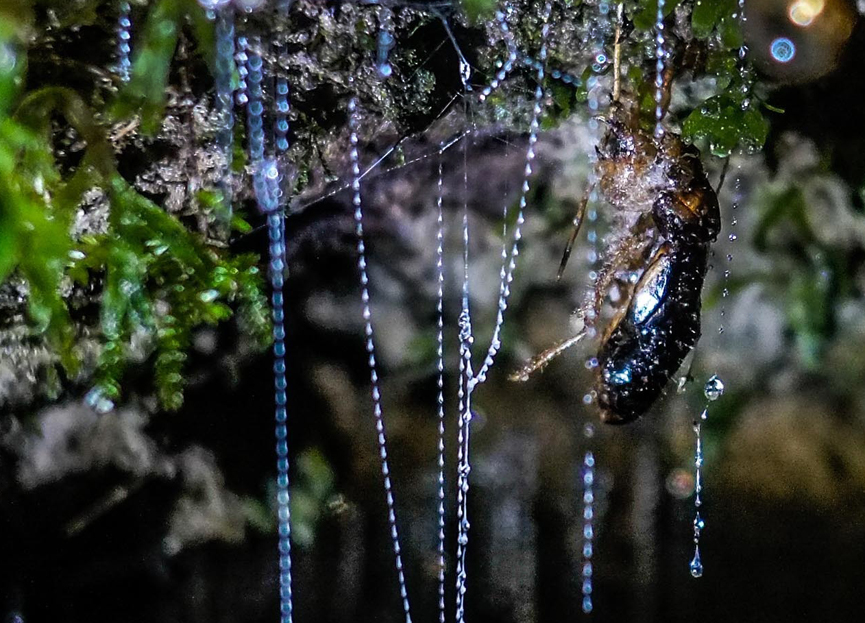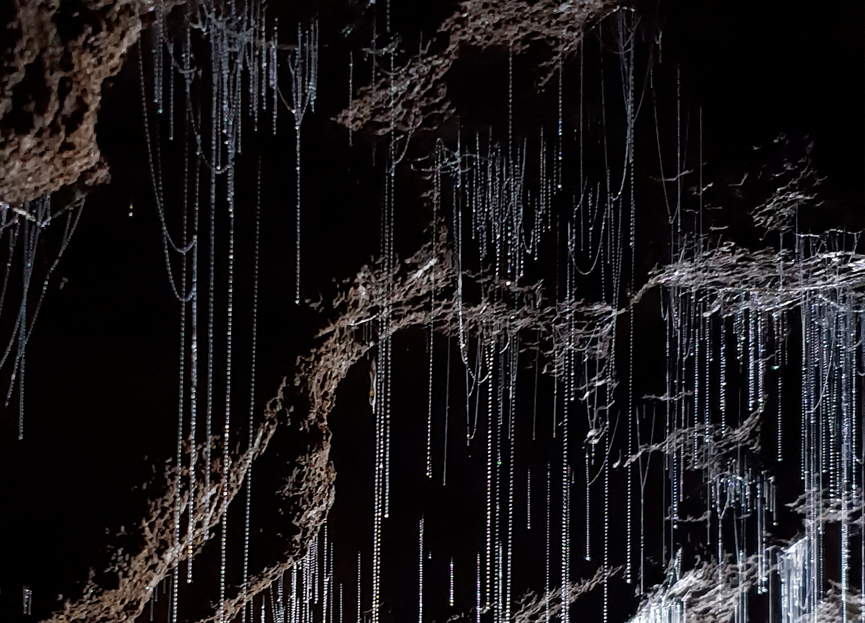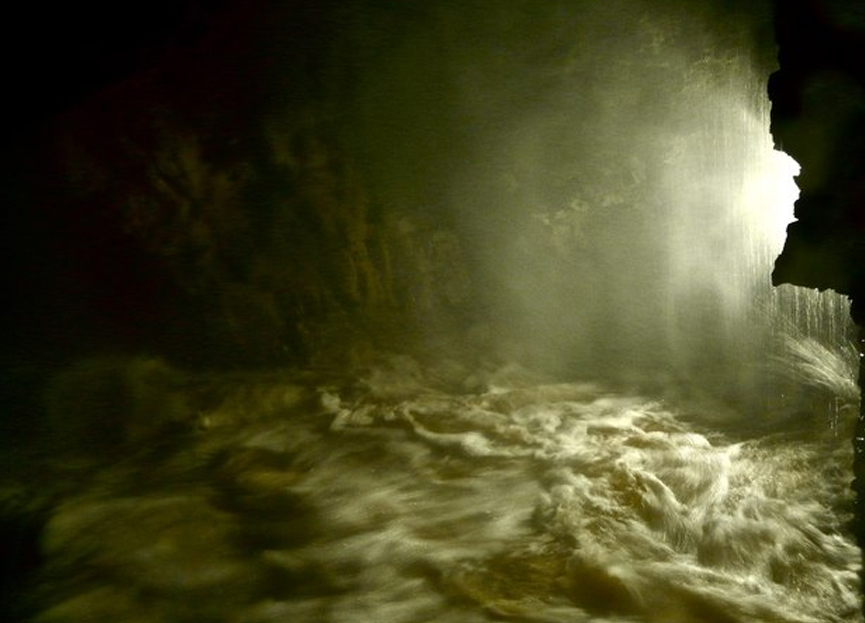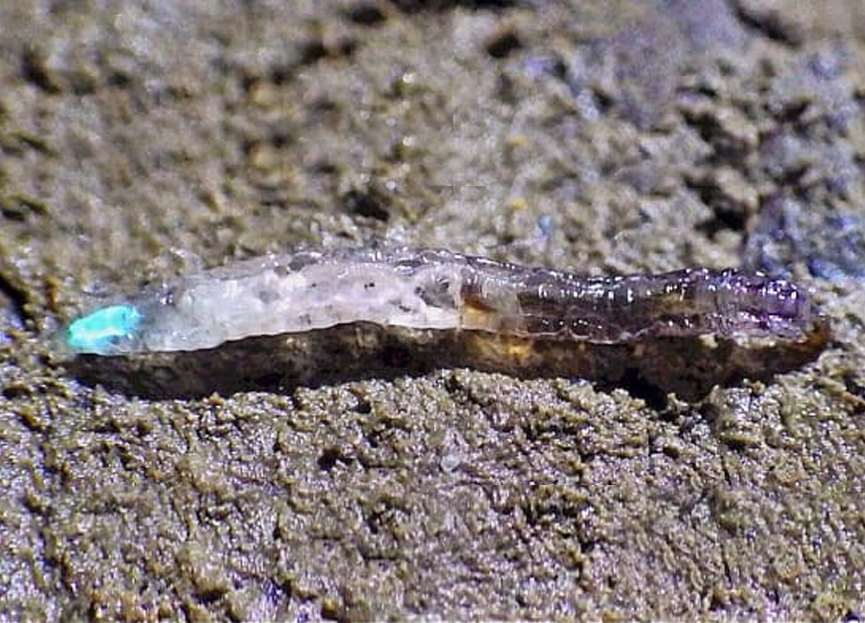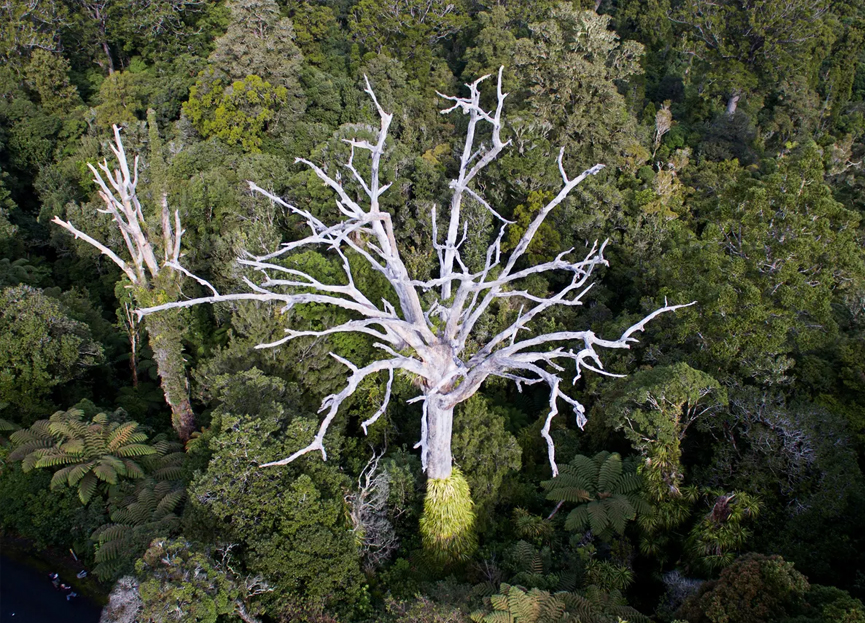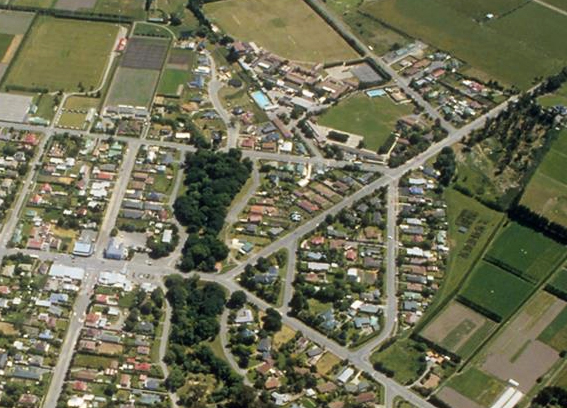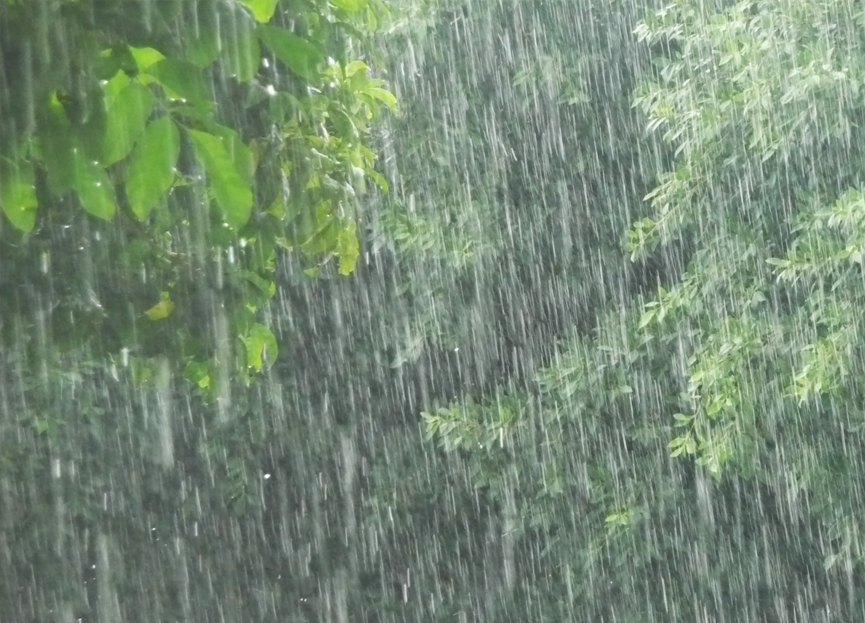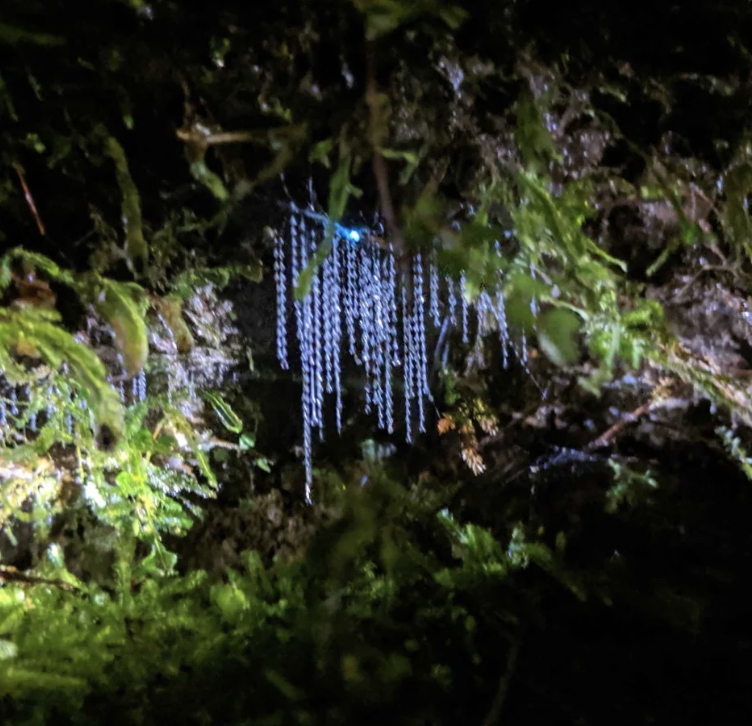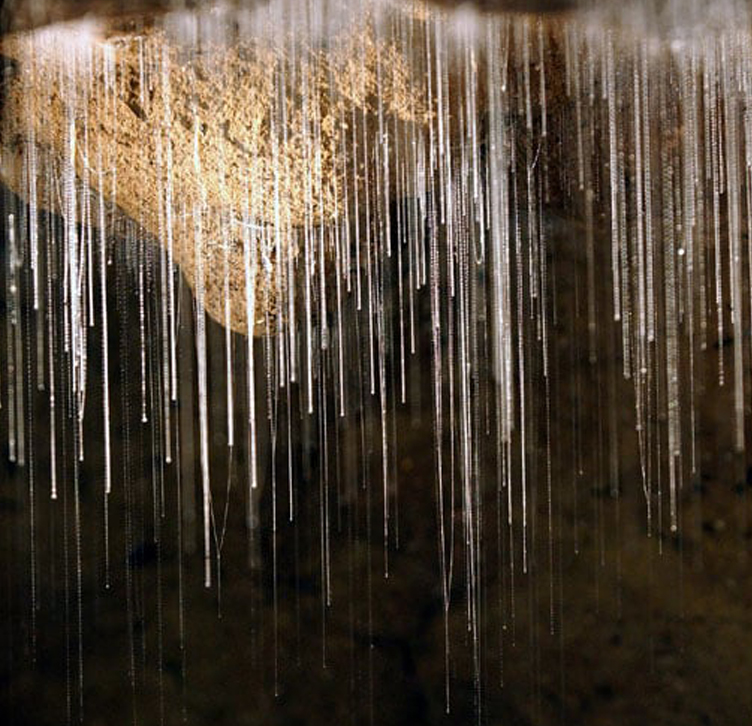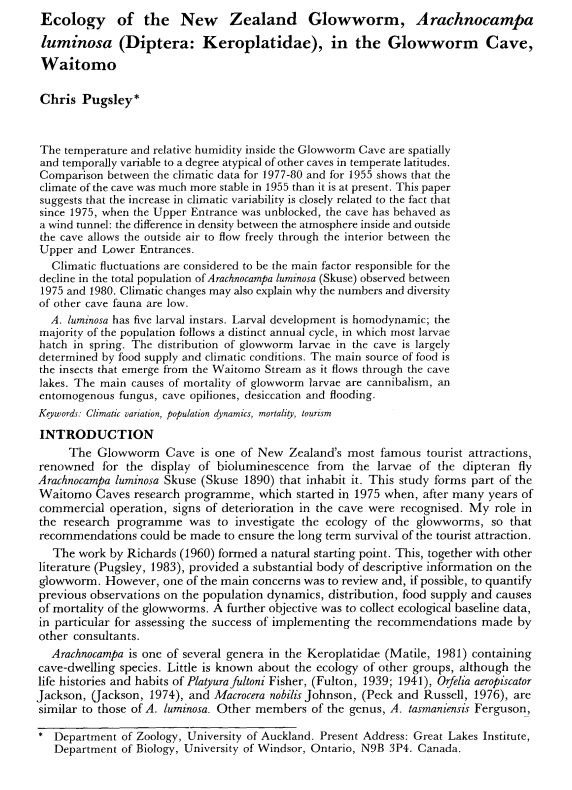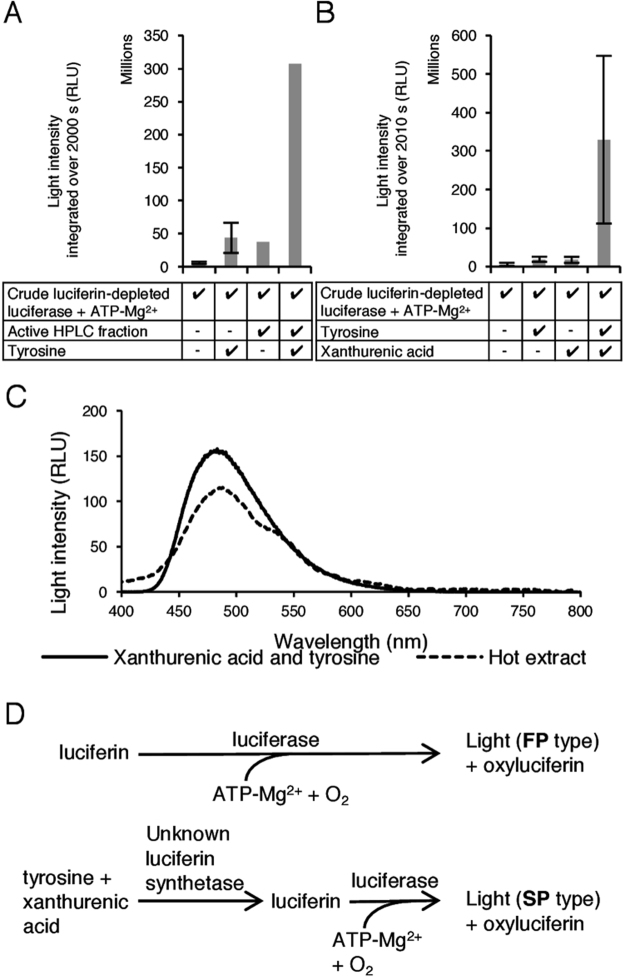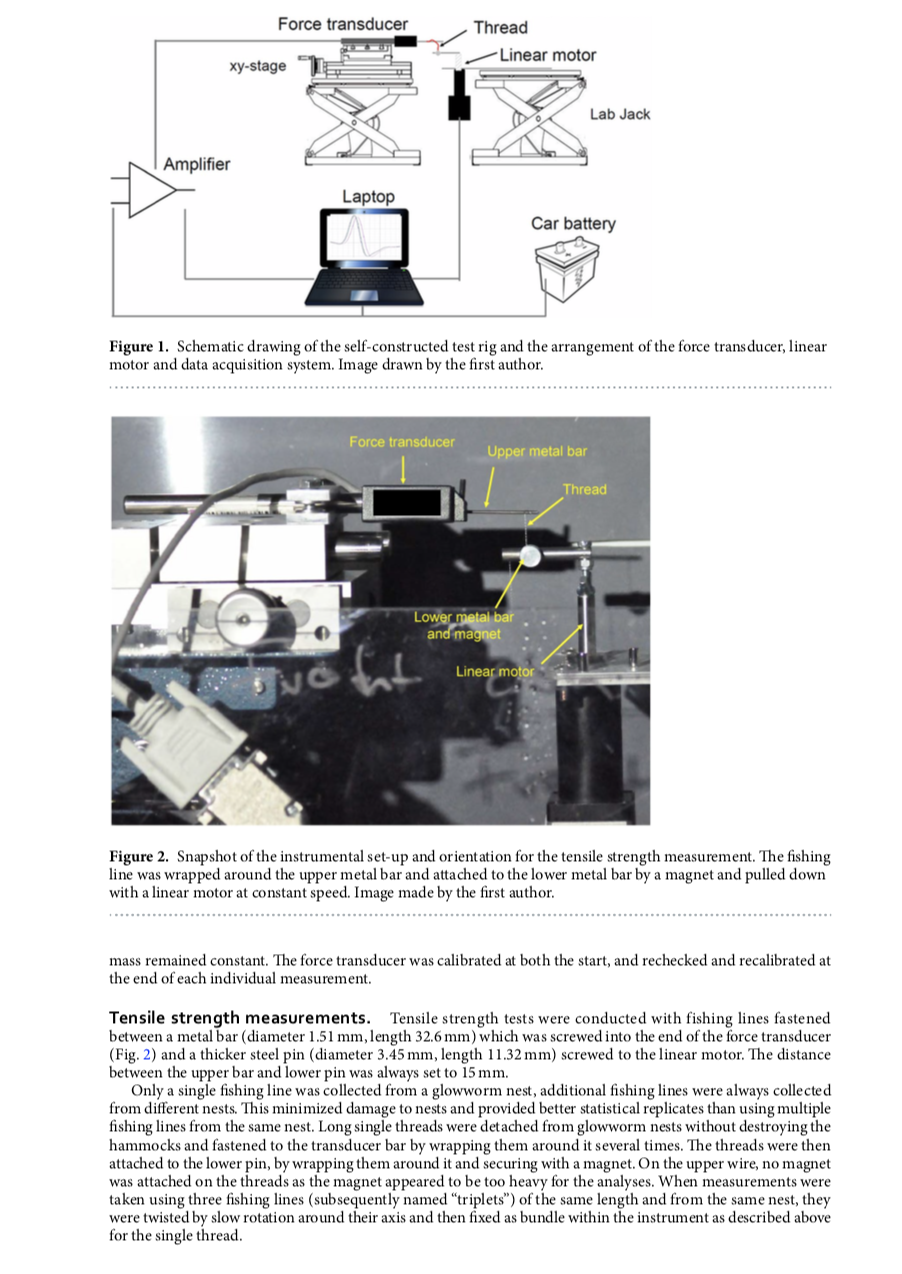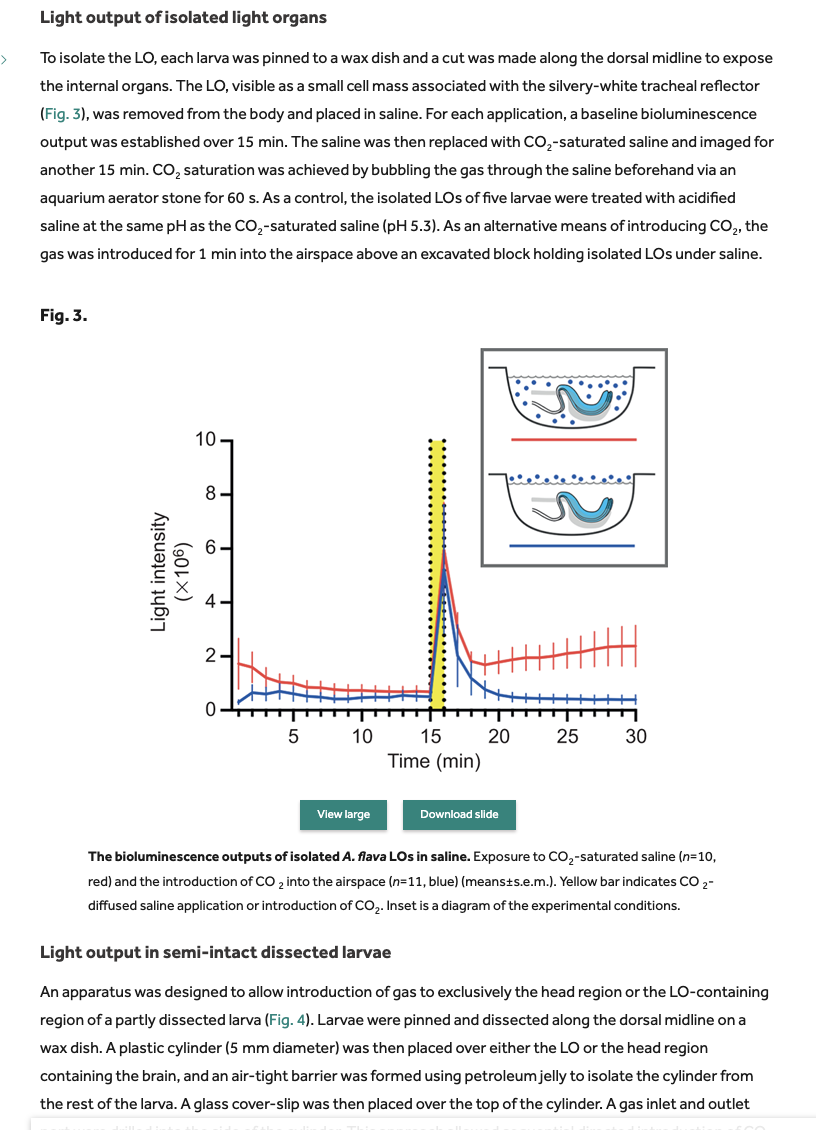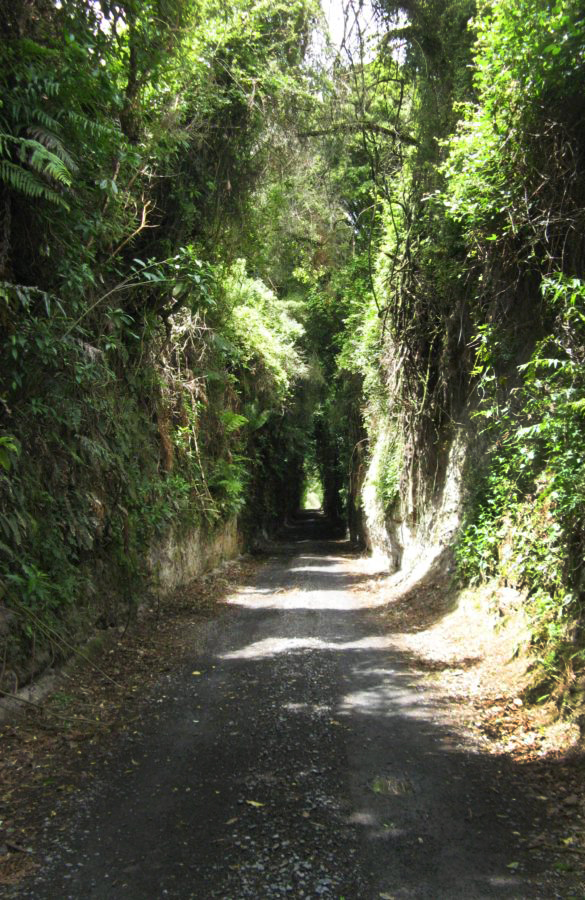The New Zealand glowworm, in spite of its name, is not a worm. It is a larval form of a fungus gnat fly, called Arachnocampa luminosa. Glowworms are found throughout New Zealand and populate dark, damp environments such as caves, river banks and mine shafts. The glowworm's life cycle is typically around eleven to twelve months, and made up of four stages:
Larval Stage
The larval stage of the glowworm's life cycle is an average of nine months. However this timeframe can be near to twice as long, being largely dependent on both food availability and temperature. It is during this larval stage that the glowworm will produce a blue-green bioluminescence, by using modified excretory organs to produce light. The purpose of this unique natural phenomena is to emulate the stars in the night sky, as a lure to prey.
Larvae live within a hollow, tubular nest of silk and mucus which is suspended by fine silk threads. The silk and mucus are excluded from separate glands in the glowworm's mouth, as are the fishing lines which the larva will let down below. Similar to a spider's web, these fishing lines work to trap the glowworm prey.
Pupa Stage
When the glowworm is ready to enter pupation it will become opaque and shrink in size, as well as rearrange its fishing lines to encircle itself within a barrier. The glowworm will then suspend itself from a thin silk cord, to pupate.
It is during the pupation period that it becomes possible to differentiate the sex. The male pupa range from 12-14mm, while the female pupa range from 15-18mm. After two or three days before emergence, eggs also become visible in the female pupa. The glowworm will remain in the pupa for 13 - 14 days, depending on environmental conditions.
Adult Fly
The fly will emerge from the pupa head first, pulling its legs and winds after it. Emergence will take an hour or more. Once successfully free the adult fly will hang off the pupal case until dry and its wings are strong enough to fly. Although the male flies are slightly more agile than the female, both are sluggish in flight and move only short distances of one or two meters at a time. Typically the female fly remains on her pupa until mated, and only moves from this location when she is ready to begin laying eggs. The female fly will die immediately after laying her eggs and within 48 hours of hatching. The male fly can survive for five to six days, although it will also die after this period. This is because both the female and male fly do not have a mouth as a fly, so are unable to feed during this stage in their life cycle.
Glowworm Eggs
The glowworm eggs are cream in colour when first deposited, and change to a light brown or orange-red within a number of hours. A female glowworm will typically lay an average of 120 eggs, but only very few hatchlings will survive the complete life cycle from each clutch. This naturally low survival rate is a result of a limited food source smaller enough for these hatchlings to successfully catch and consume.
|




